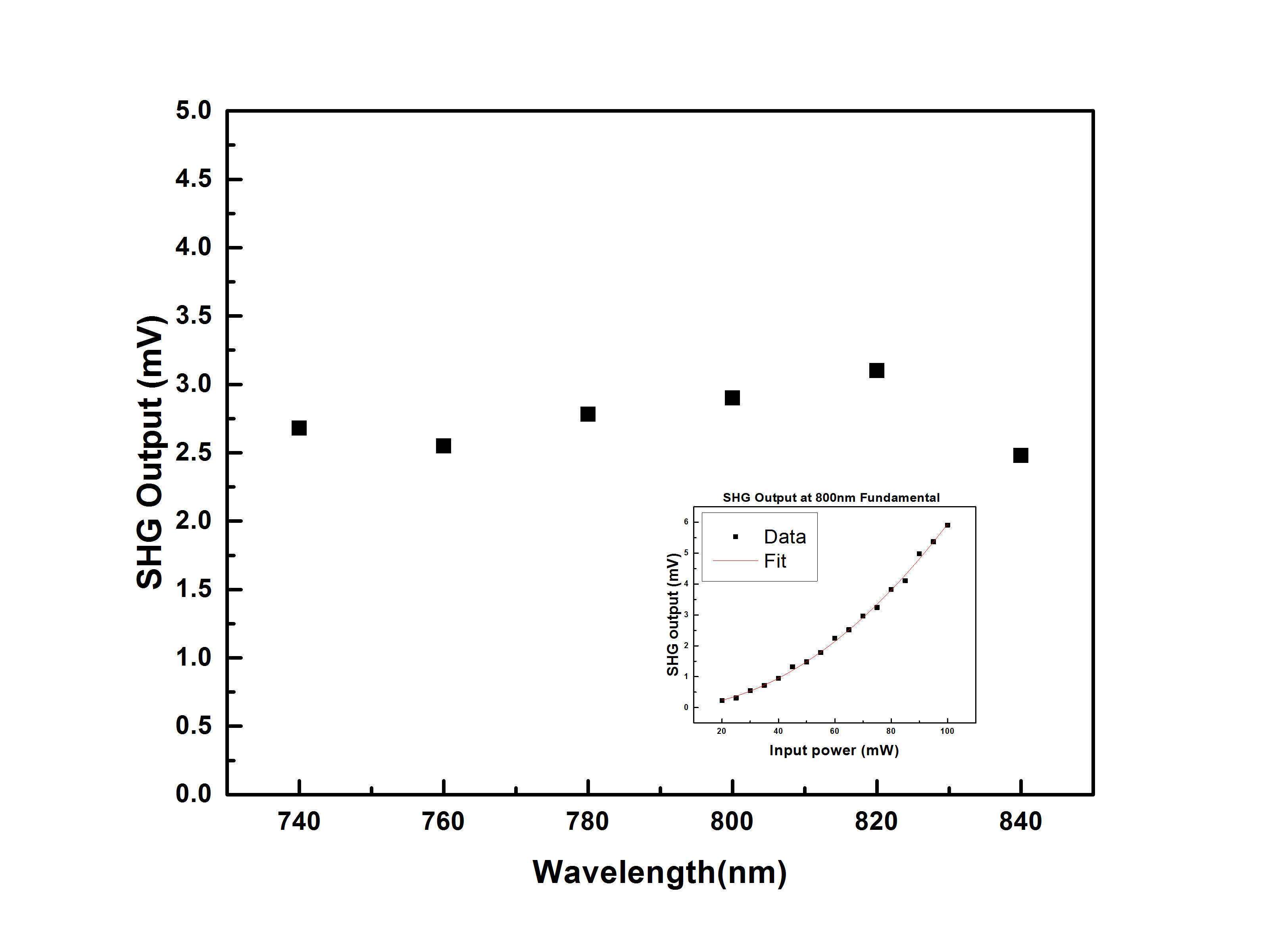
Linear and Non-linear Optical Properties of Plasmonic Quasi Crystals
Plasmonic quasicrystals (PlQCs) offer several advantages over plasmonic crystals [1]. Some of the properties like broadband transmission enhancement and designable spectral response are recently demonstrated showing their potential for light harvesting applications [2]. Here we report linear and nonlinear optical properties of plasmonic quasicrystals. Especially, we demonstrate two orders of magnitude enhancement in the transmission through surface roughened pattern compared to unpatterned metal. We also show that, though the gold second order nonlinear susceptibility is weak, second harmonic generation (SHG) is possible over a broadband and is directly related to the transmission enhancement of the fundamental. Another interesting question to address is the role of the metal thickness on the observed properties.
We have realized PlQCs over 1mm2 area in the form of air holes in gold film by electron beam lithography. We prepared and studied samples with peak responses at about 600nm and 800nm. By combining quasicrystal hole array pattern with surface roughness, two orders of magnitude enhancement in broadband transmission through sample was observed compared to unpatterned metal of 100nm thickness.
Plasmon mediated local field is strong and was shown to result in SHG from metal patterned with hole arrays [3]. We studied SHG from PlQCs and find it to be over broadband. Also we studied SHG for different angle and launch polarization. From the measured fundamental and SHG, we estimate the second order susceptibility of gold film in the 740nm to 840nm wavelength range. Though, PlQC with roughness showed large linear transmission enhancement, it did not show correspondingly high SHG indicating that the increased linear transmission due to roughness is not related to plasmon excitation.

Fig:Broad band response of SHG output at normal incidence of Fundamental for different wavelengths. (Inset) Quadratic Dependence of SHG output power with Fundamental at 800nm.
References:
[1] V. G. Achanta, Prog. Quant. Electron. 39, 1-23 (2015)
[2] Sachin Kasture et al., Scientific Reports, 4, 5257, (2014)
[3] M Airola et al., J. Opt. A: Pure Appl. Opt. 7, S118–S123 (2005)
Powered by Eventact EMS